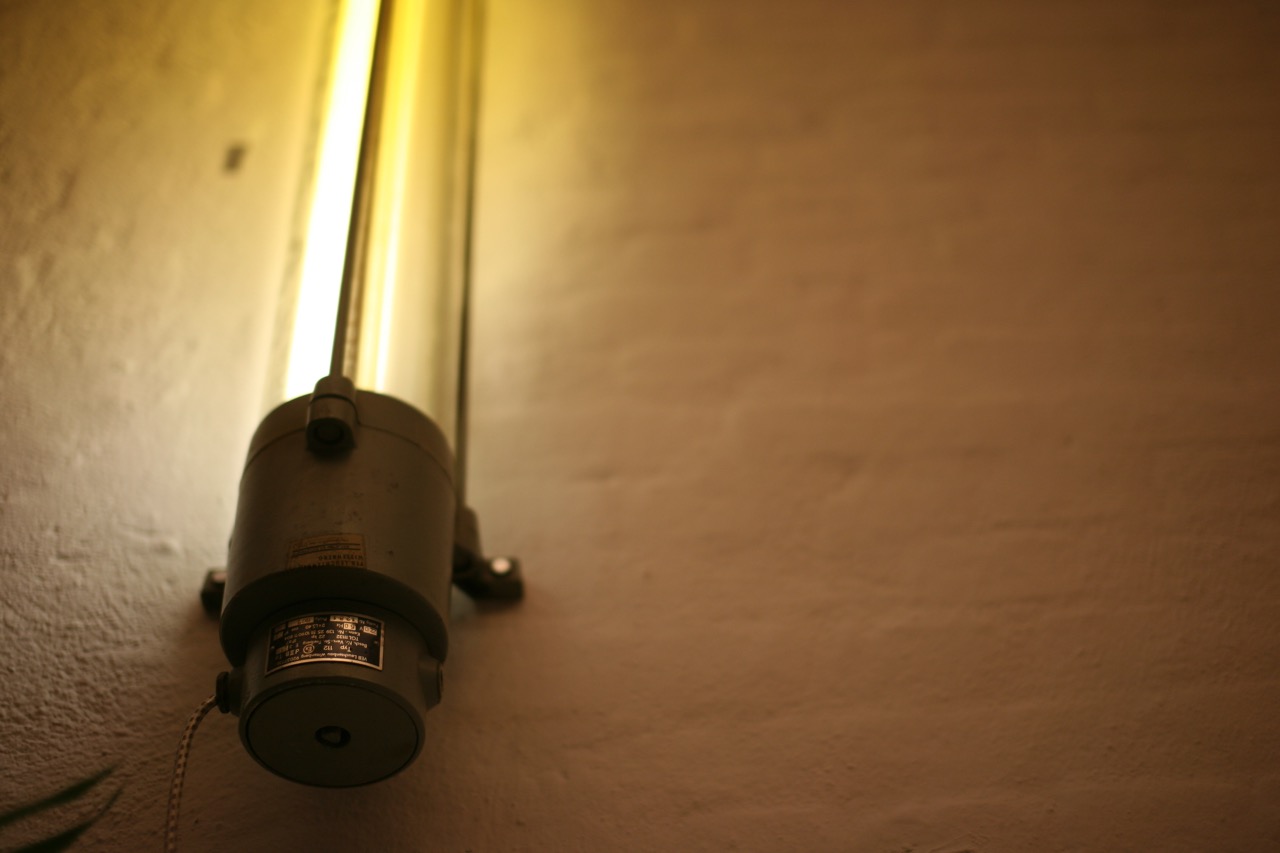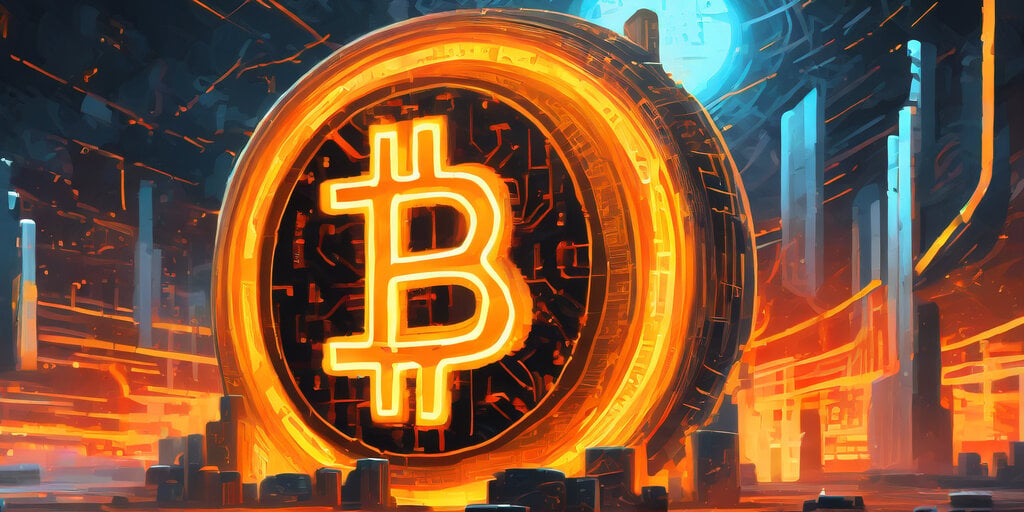FAQ: Upcoming Ethereum hard fork

The Ethereum network is scheduled to undergo a hard fork at block number 2463000, which will likely occur between 12:00 and 13:00 UTC on Tuesday, October 18, 2016. The countdown timer can be found here: https://fork.codetract.io/.
What should I do as a user?
Download the latest version of the Ethereum client.
What happens if I don’t participate in the hard fork?
If you are using an Ethereum client that has not been updated for the upcoming hard fork, your client will be synchronized with the pre-fork blockchain when the fork occurs. Depending on the existing rules, you will be stuck on an incompatible chain, unable to send Ether or operate on the post-fork Ethereum network.
What is Ethereum Land’s hard fork?
A hard fork is a change to the underlying Ethereum protocol, creating new rules to improve the system. All Ethereum clients must upgrade. Otherwise, you will be stuck in an incompatible chain according to the existing rules. The decentralized nature of blockchain systems makes hard fork upgrades more difficult. Blockchain hard forks require cooperation and communication with the community as well as various Ethereum client developers for a smooth transition.
What happens during a hard fork?
Once consensus is reached on what changes should be included in the hard fork, protocol changes are recorded in various Ethereum clients such as geth, Parity, and ethereumJ. Protocol changes are activated at specific block numbers. Any nodes that are not upgraded to the new rule set will be discarded from the old chain where the old rules still exist.
Why is a hard fork needed?
Since September 18 (UTC), the Ethereum network has been under attack by individuals or groups, causing significant delays in processing transactions. The network is currently full of pending transactions, which delays the processing of users’ transactions. This can be thought of as a denial of service (DoS) attack on the Ethereum blockchain.
Every action an Ethereum contract performs on the network is given a price or gas fee. Using the ADD operation is computationally cheaper than performing a complex operation such as hashing a number using SHA256. The attacker performed a DoS attack by repeatedly calling a specific operation code (opcode) in a smart contract that is computationally difficult for clients to process, but very cheap to add to the network. To prevent attackers from continuing to flood the network with cheap contracts with high computational costs, we are increasing the prices of certain operations.
Why are we doing two hard forks and what are the results?
The two hard forks each address different issues caused by the attack. The first hard fork is intended to resolve urgent network health issues related to cheap working code. As described in Ethereum Improvement Proposal 150, “EIP 150 Hard Fork,” the first hard fork is set to occur at block number 2463000 and will adjust the prices of the undervalued opcodes involved in the attack. The second hard fork is expected to address a number of less pressing issues, including eliminating empty accounts that attackers used to flood the Ethereum network and inflate the size of the blockchain. The second hard fork is still being discussed.
After the second hard fork is implemented, there may be a “cleanup period” during which transaction processing and synchronization may continue to experience delays and difficulties until the blockchain state is fully freed.
How will the EIP 150 hard fork affect my contracts?
Please see the following explanation: https://www.reddit.com/r/ethereum/comments/57p0bv/a_quick_note_on_how_the_call_gas_cost_increase/
Where can I find detailed technical details about what changes the two new hard forks will bring to the protocol?
These changes to the Ethereum protocol are documented in the GitHub repository. Ethereum improvement suggestions
The following two EIPs describe our current plans for the upcoming hard fork.
A huge thank you to the Ethereum community for their patience and understanding, and to all Ethereum developers on the platform and all clients who have come together to provide feedback, thoughts, and contributions to stop the attacks and help us improve the platform.


